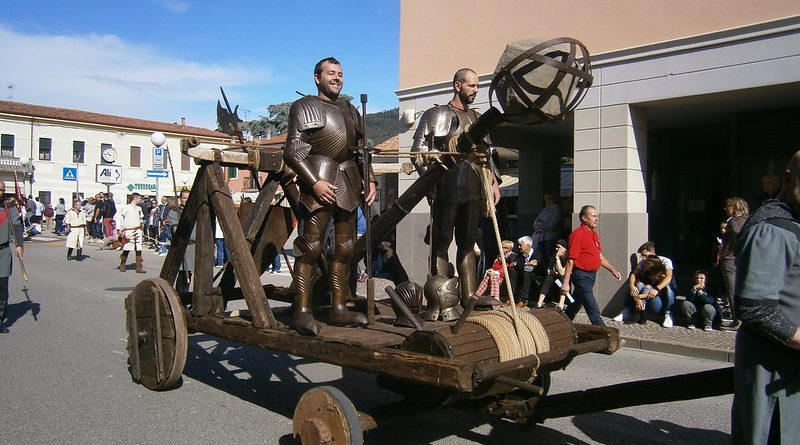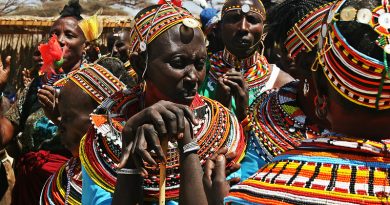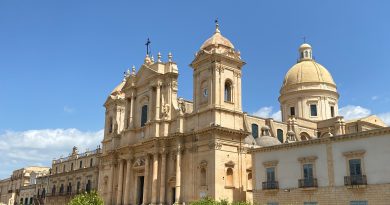Checkmate: Giostra della Rocca festival
Festival Essentials
Where: Monselice, Veneto, near Venice, Northern Italy
When: Alternate odd years, first two weeks in September
What happens: Live chess match with people as chess pieces, a Medieval market and Medieval games like archery and jousting
Remember to bring: Knight or bishop costume
Background to Monselice
Springing down the southern slopes of the Euganean Hills, the natural citadel of Monselicewas first fortified by the Romans and later in 1239 by Ezzelino da Romano, the cruel tyrant of Veneto.
For two weeks of the year the inhabitants from nine different parts of this small fortified town come together to take part in a festival called Giostra della Rocca, which marks the arrival of Emperor Federic II to Monselice in 1239. It’s a two week long series of challenges and games and the highlight of the event is a game of human chess.
History of Giostra della Rocca
Travel back in time to Marostica, part of the Venetian Republic. The year is 1454. Two noblemen, Rinaldo d’Angarano and Vieri da Vallonara, are in love with Lionora, the beautiful daughter of Taddeo Parisio, Lord of the Manor and Rector of Marostica. As is the custom, the two men determine to fight a duel in secret for the right to seek the fair Lionora’s hand, but their plans for a bloody resolution to the eternal triangle are foiled.
The Lord of the Manor, who has spies everywhere and knows everything that goes on within his fiefdom, gets wind of the planned duel and forbids it on pain of death. He proposes, instead, that the matter be determined by a chess match, the winner of which will wed Lionora, the loser to wed, Oldrada, Lionora’s younger sister. Both men are excellent players and they eagerly accept Parisio’s proposal.
The great day set for the match arrives: September 12th. Lionora is beside herself, for she is secretly in love with one of the suitors. Will her man win? What if she is confronted with seeing her sister married instead to the man she loves? In the evening there will be fireworks and dancing and feasting to celebrate the betrothals of his two daughters. The match will take place in the castle courtyard on a specially prepared board.
It is dusk: the flares and torches are lit, the courtyard is aglow with firelight. The pieces are people, costumed in black and white. They march into the courtyard, led by their kings and queens, and take their places on the board. Surrounded by nobles and common folk who have packed into the courtyard from all the neighboring countryside, the two suitors direct their human chess pieces to move on the board. Lionora cannot bear to watch but she cannot bear not to, so she peeks from a window overlooking the courtyard. She had told a faithful servant that if her secret lover wins the match, she will put a candle in the window as a signal to the people so that they can share in her joy.
At last the game is over. Vieri da Vallonara is the winner. The Lord of the Manor presents Lionora to him. Together with Oldrada and Rinaldo d’Angarano, they promenade around the courtyard to the cheers and applause of the audience, then all, lord and commoner alike, spend the rest of the evening in festive merrymaking. A candle burns in the window where Lionora had watched the game.
What happens at the Giostra della Rocca festival?
Today, the contest is re-created with great authenticity. Nine teams play ‘live’ chess competitively, using people in costumes to represent the chess pieces. On the Wednesday before the weekend event the two top teams play secretly in the town, watched by judges. On the Saturday evening, the winning teams re-enact the moves watched by thousands of onlookers in the town square.
The Giostra della Rocca festival takes place from the 3rd to the 19th September, and the finale of the event is a procession in Medieval dress of a 1,000 people throughout the town, and teams of nine contrada, who process with their own banner flag and reproductions of medieval war machines, to take place in the Games of the Rocca. In the afternoon, 18 horsemen, two for each contrada, engage in jousting tests to lance rings held on the arm of the quintain. It’s a nail-biting two hour contest of great skill drawing large crowds. Other highlights of the festival include relay races, a millstone race, archery, and a Medieval market.
MORE INFORMATION
By Nicole Dudley




